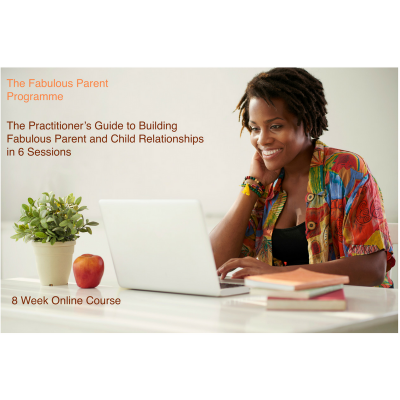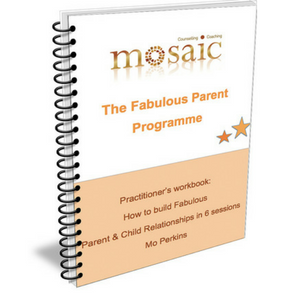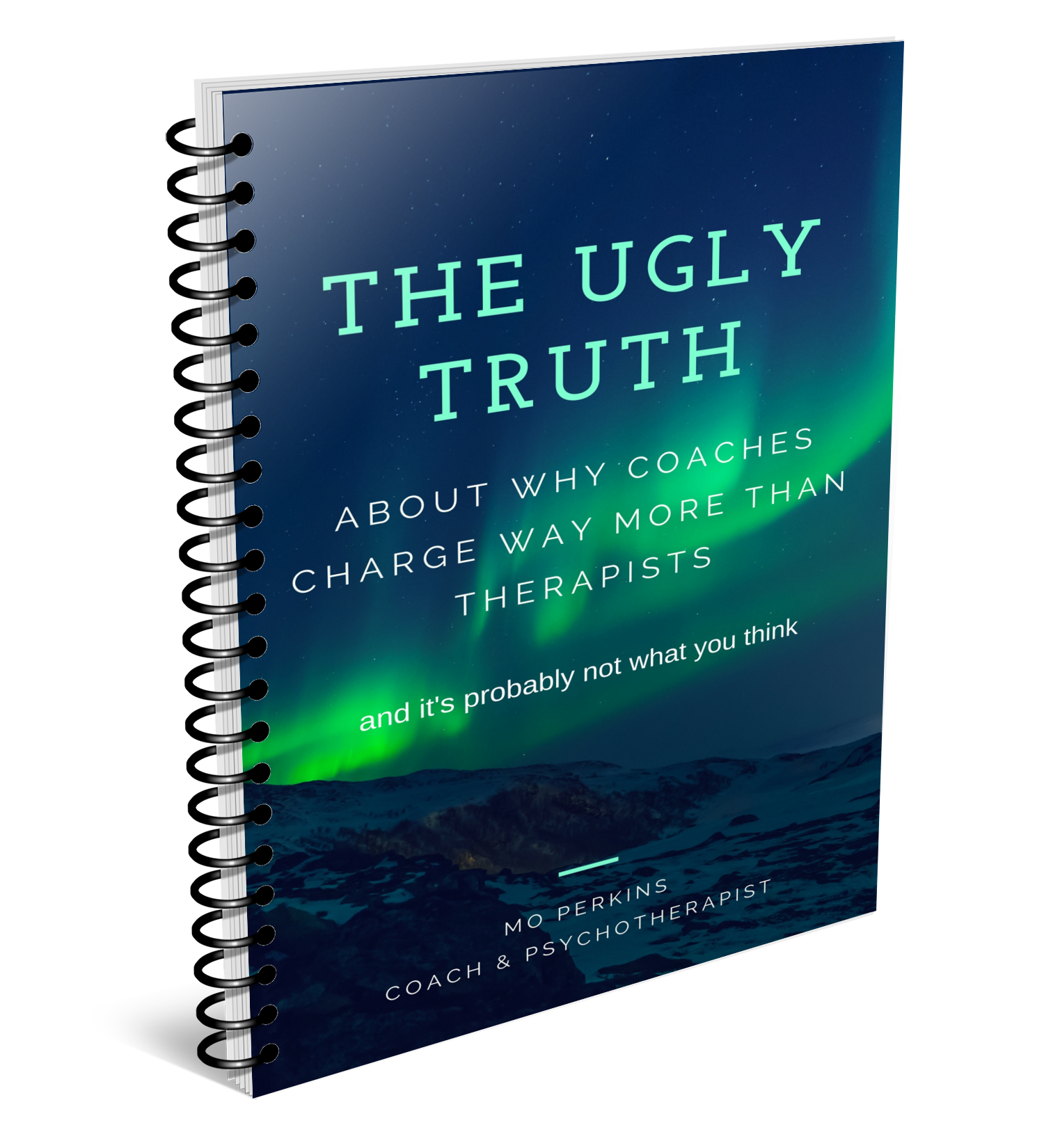Generalised Anxiety Disorder and Panic Attacks
Treating adults or children with Generalised Anxiety Disorder (GAD) or Panic Attacks is something that most therapists are very familiar with. Many clients have other presenting issues, however, for many people it’s the symptoms of anxiety that are most debilitating. It’s also very common to hear people describe themselves as a worrier, suggesting that anxiety has been a part of their life for as long as they can remember. I’ve read and studied anxiety a fair amount over the years as we all have but every now and again I attend a course that puts old material in a new and accessible way and also presents new material AND a constructive model for treating anxiety disorders.
The training was a half day course run by Wale Oladipol of Mind Body Breakthrough. I would highly recommend this training; Wale is a very well informed and inspiring trainer and he presented the material in a very clear way (even the neuroscience bits). I also like the fact that his training is open to practitioner’s and the general public. I’ll share a few of the points that we need to remember when working with GAD and Panic Attacks in this post. I do prefer to keep my posts fairly short so I’ll save details of the treatment model for next time.
Here are 5 things it’s good to remember when working with GAD and Panic attacks.
1. Anxiety disorders are very common
People who suffer with anxiety often feel very alone, however, anxiety disorders include the largest group of mental disorders and affect many more people than sufferers often realise. Of course anxiety is a normal emotion that’s designed to warn us of threats and mobilise us to take action in order to stay safe. We need a certain level of anxiety to give us the drive we need to meet challenges, step outside our comfort zone and reach our goals. However, when anxiety continues for an extended period it becomes a disorder with symptoms including persistent fears, constant worrying and avoidance. Panic attacks include physical sensations like rapid breathing, palpitations, sweating and feeling faint. Sometimes the trigger and what’s being avoided is obvious but this isn’t always the case. Negative automatic thoughts can trigger anxiety in an instant. Avoidance tends to go hand in hand with anxiety and panic attacks. It can be physical avoidance of a trigger or other behaviours which inhibit dealing with the trigger for example alcohol abuse, self harm, overeating, being a workaholic etc. One study that was carried out in 2010 suggested that approximately 60 million Europeans experienced anxiety disorders in that year. That’s a lot of people and it means that almost everyone will know someone who has suffered from anxiety or panic attacks at some point.
2. Anxiety disorders often start in childhood or adolescence
Anxiety disorders often start in childhood or adolescence so whether we’re working with adults or children it’s all relevant to us. If anxiety has been present for more than 6 months but the person hasn’t had panic attacks, phobias or OCD, it’s likely to be diagnosed as GAD. Panic Attacks are an acute outlet for anxiety and can occur on their own or as a feature of other specific phobias or Obsessive Compulsive Disorder (OCD). A panic attack lasts 3-10 minutes and can come back in waves within a 3 hour period. The difference is; an anxiety attack could last for hours or days. It’s often tricky identifying anxiety and panic attacks in children because it’s difficult for them to explain what’s happening. One child I worked with recently who threw herself on the floor and started crying and screaming during a panic attack told me later that she just “couldn’t think”. This makes sense as we know the functioning of the thinking part of the brain is severely reduced when the emotional brain takes over.
3. Explaining the neuroscience behind anxiety helps sufferers to gain some control
Explaining what’s happening in the brain can be really helpful so I’ll give an explanation in simple Mo terms. The Nervous System is divided into the Central Nervous System (brain and spinal cord) and the Peripheral Nervous System (autonomic nervous system and somatic nervous system). The autonomic nervous system is then further divided into the sympathetic nervous system which mobilises energy, prepares our body for emergencies and secretes stress hormones and the parasympathetic nervous system which conserves energy, prepares for calm and secretes calm hormones. After a stressful life event or emotional experience has activated the sympathetic nervous system and remained actively secreting stress hormones for a period of 6 months or more, the brain memorises the thoughts, feelings and behaviour making up the anxiety response and those same thoughts, feelings and behaviours become a habit. Children need a simpler explanation with maybe a diagram because understanding what’s happening helps adults or kids gain some control. Even just explaining the 3 levels to the brain can be enough. The survival brain which was the first to develop and is concerned with food, shelter and protection for survival of the species. The emotional brain which sounds the danger alarm and memorises the information and the intensity of the danger and the thinking brain which uses reason and logic to assess the situation and decide how we need to respond to the threat.
4. The brain becomes wired for anxiety and the body becomes “addicted” to stress hormones
So, when the brain has experienced high levels of stress hormone the brain becomes wired for anxiety and the body memorises and becomes used to a certain level of stress chemicals as the norm. You could say the body has at this point become addicted to the stress hormones. You may have come across adults who admit that if everything is calm they find something to worry about. I’ve also noticed that children who have experienced stressful events or daily life is stressful sometimes unexpectedly create a situation in the classroom, for example getting out of their seat even if they’ve been asked not too or disturbing another child. This could be because the classroom environment is not creating enough stress to keep their level of stress hormone topped up so the child creates a situation (sometimes seen as attention seeking behaviour). Or their anxiety level could peak as a result of a trigger in the classroom environment. It’s a bit like someone who drinks a lot of coffee getting that sensation that they need to top their caffeine levels up. It’s always difficult with children because they’re not always old enough to explain what’s going on and it can be equally difficult for adults to know what’s happening.
5. What to do when someone has a panic attack
If you’re first at the scene when someone is having an anxiety or panic attack it can be alarming but it really helps if you know what to do. If It’s the first time it’s happened it’s wise to seek medical support after the incident just to be sure it is anxiety. If you’re confident that’s what’s happening you need to remember the First Aid treatment for panic attacks.
- Firstly, remove the trigger if you know what the trigger is.
- Reassure the sufferer that they’re having a panic attack that will pass in a few minutes. if the person has experienced panic attacks before they may want to be left alone. Having too many people around can make things a lot worse.
- Encourage the person to take deep, slow breaths. Regulating breathing will help to activate the parasympathetic nervous system and release calm hormones. Breathe with the person to help them establish a rhythm.
- Reach out and hold hands if the person is willing. This has a grounding effect as well as sending the message to the brain that the person is not ‘facing the danger’ alone and this will start to activate the calm hormones.
- Take care. Sometimes people struggle when panicking, kids sometimes kick or lash out.
- Stay with the person until the panic has subsided. It could last 3-10 minutes.
- Faintness is a common symptom, therefore if the panic attack happens when the person is standing, sit them down, if they are sitting, lie them down and if they are already lying down raise their legs with a cushion.
So there are 5 things to remember when working with anxiety disorders and panic attacks. Hopefully this post will help to keep these facts at the forefront of your mind ready for when you need to treat someone with anxiety or explain things to them. Wale Oladipol presented the FEAR model as an integrative way of working with GAD and panic attacks, I’ll write about that in my next post. Until then, I’m looking forward to reading your comments below.




Very informative article – looking forward to your next post on this. Thanks Mo.
I’m really glad you found it useful Alison – Thank you for your comment.
lovely reading this article, refreshing to keep things in perspective.
So glad you found this useful Bally. Be sure to reach out if you’d like to discuss anything else. You might also like to visit my other page at http://www.moperkins.com